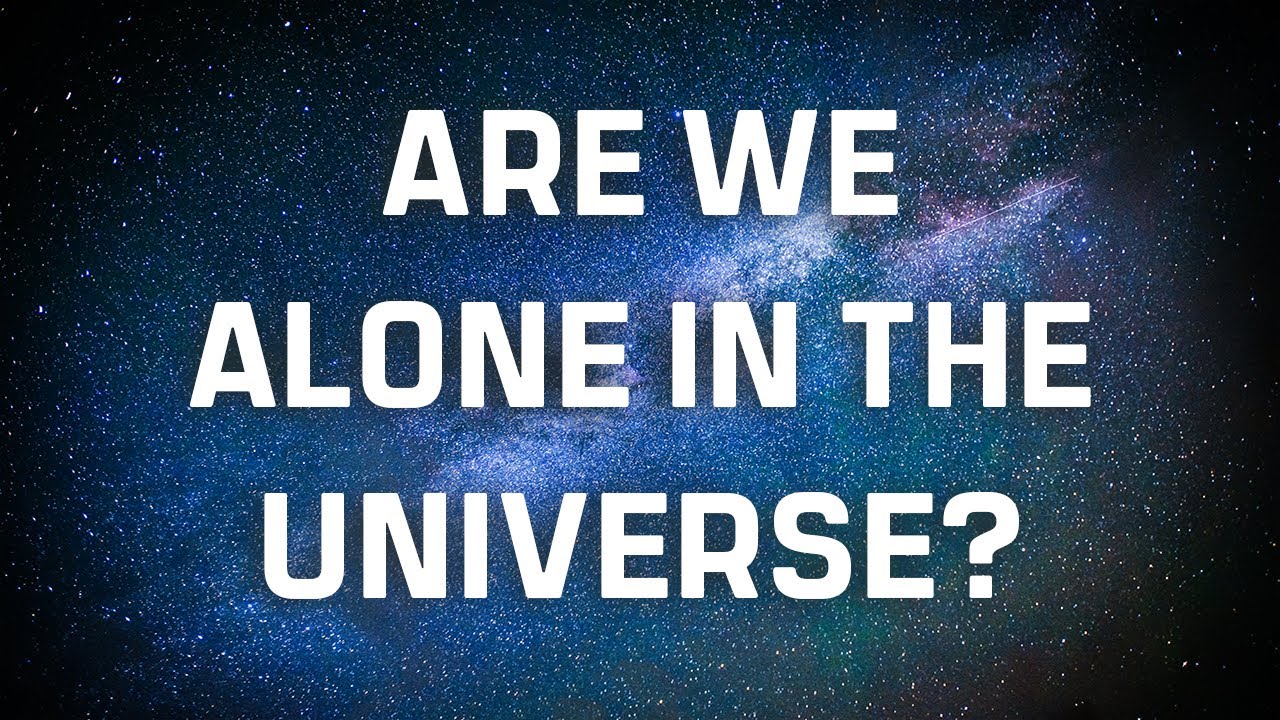Are We Alone? Exploring the Possibility of Life Beyond Earth
It’s one of humanity's oldest, most tantalizing questions: Are we alone in the universe? The vastness of space, filled with countless stars and planets, feels like it’s hiding secrets—and maybe, just maybe, other forms of life. As technology advances, scientists are closer than ever to exploring this cosmic mystery. Let’s dive into the possibilities of life beyond Earth and the evidence (or lack thereof) that keeps us wondering.
1. Why Do We Think There Might Be Life Out There?
Imagine you’re standing on a beach, looking at the horizon. Now imagine that each grain of sand on that beach represents a star in the sky, many of which have their own planets orbiting them. The sheer number of stars and planets in the universe is mind-boggling. Statistically, it seems impossible that Earth would be the only planet with life.
2. The Habitable Zone: Earth’s “Sweet Spot” Isn’t So Unique
The “habitable zone” is the area around a star where conditions might be just right for liquid water—an essential ingredient for life as we know it. Scientists have already discovered several exoplanets (planets outside our solar system) within their stars' habitable zones. Planets like Kepler-186f and Proxima Centauri b could potentially have conditions similar to Earth, though we’re still a long way from knowing for sure.
3. Mars: Our Mysterious Neighbor
Mars has always sparked curiosity. With its polar ice caps and evidence of ancient riverbeds, Mars seems to have had liquid water in the past—an encouraging sign for the possibility of life. Rovers like Perseverance are actively searching for signs of ancient microbial life in Martian rocks and soil. While we haven’t found “little green men” yet, each mission gets us one step closer to understanding if Mars ever hosted life.
4. The Moons of Jupiter and Saturn: Unlikely Hosts for Life?
When thinking about potential habitats for life, planets aren’t our only options. Some of Jupiter’s and Saturn’s moons, like Europa and Enceladus, have icy surfaces and are believed to have vast oceans beneath. Scientists speculate that under the icy crust of Europa, for instance, there may be hydrothermal vents similar to those in Earth’s oceans—places teeming with strange and fascinating creatures. Could something similar exist on these distant moons? It’s possible, and future missions are planned to investigate.
5. Strange Signals and Alien Contact
One of the most exciting developments in the search for extraterrestrial life is the study of radio signals from space. Programs like SETI (Search for Extraterrestrial Intelligence) scan the cosmos, hoping to detect radio waves that might be coming from intelligent alien civilizations. While there have been a few mysterious signals over the years, none have yet proven to be definitive proof of alien contact. But the search continues, with more advanced tools and bigger telescopes than ever before.
6. UFOs and Government Reports: Are We Already Being Visited?
In recent years, there’s been renewed interest in UFOs, especially after governments, including the U.S., released previously classified information about encounters with “unidentified aerial phenomena.” While these sightings have fueled speculation, the evidence is still inconclusive. Could these be proof of alien visitors? Possibly—but it could also be advanced technology or natural phenomena we don’t fully understand yet.
7. What Would Alien Life Look Like?
When we picture aliens, we tend to think of the classic big-headed, big-eyed creatures from movies. But real alien life—if it exists—might be vastly different from our expectations. Life elsewhere might not resemble anything we know on Earth. It could range from simple microbes to complex, unimaginable beings adapted to entirely different conditions.
8. Why Haven’t We Found Life Yet?
The truth is, space is enormous, and searching for life within it is like looking for a needle in a galaxy-sized haystack. Despite the odds, our technology is improving rapidly. New telescopes, such as the James Webb Space Telescope, are capable of observing distant planets in unprecedented detail, potentially allowing us to detect atmospheric signs of life.
9. The Philosophical Side: What Would Finding Life Mean for Us?
Imagine if we confirmed life elsewhere—how would that change our perspective? For some, it would be thrilling proof that we’re not alone. For others, it might spark existential questions about humanity’s place in the universe. Ultimately, discovering alien life would be one of the most profound moments in human history.
So, Are We Alone?
For now, we don’t have a definitive answer, but the evidence is mounting, and the search is far from over. As technology advances, each new mission and discovery brings us closer to potentially answering the ultimate question. Whether life is hiding on a distant exoplanet, beneath the icy crust of a moon, or simply waiting for us to find it in the vastness of space, the search continues—because humans, by nature, are driven to explore the unknown.
Who knows? The answer might be just around the corner, or perhaps it's waiting for us among the stars.
Is this content hitting the mark for you? If so, consider supporting my work—buy me a virtual coffee! ☕ Your support keeps the ideas flowing. Thanks so much! 🙏 Please Contribute via GoGetFunding


